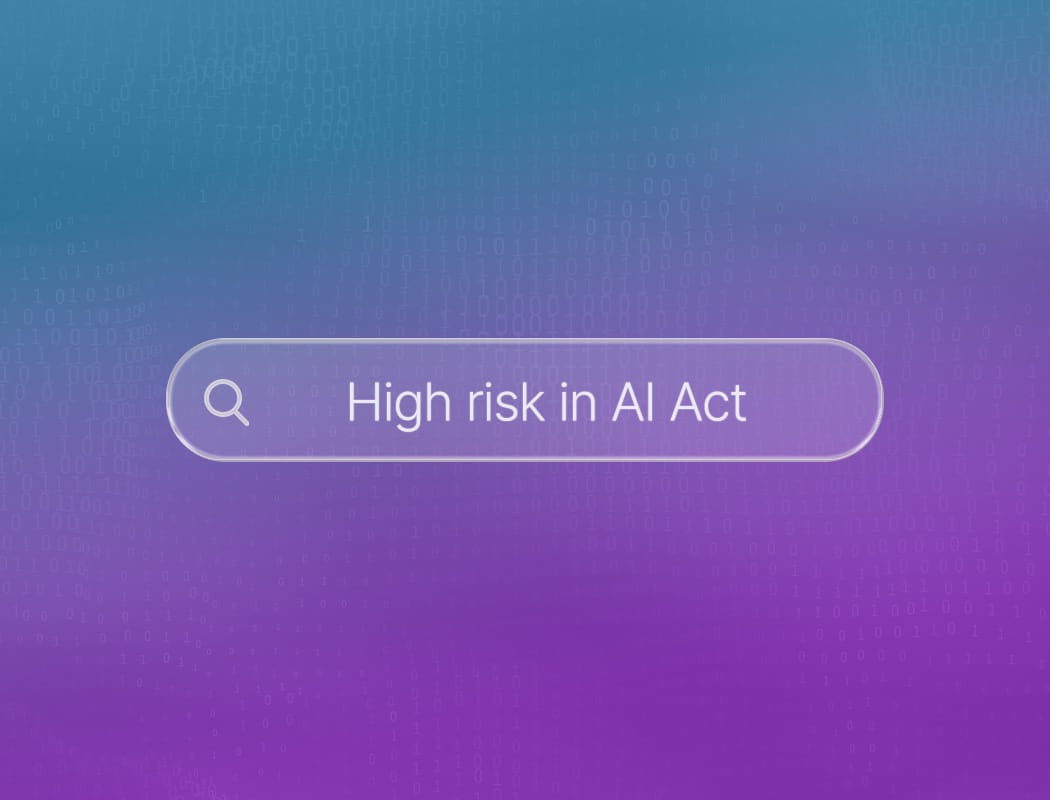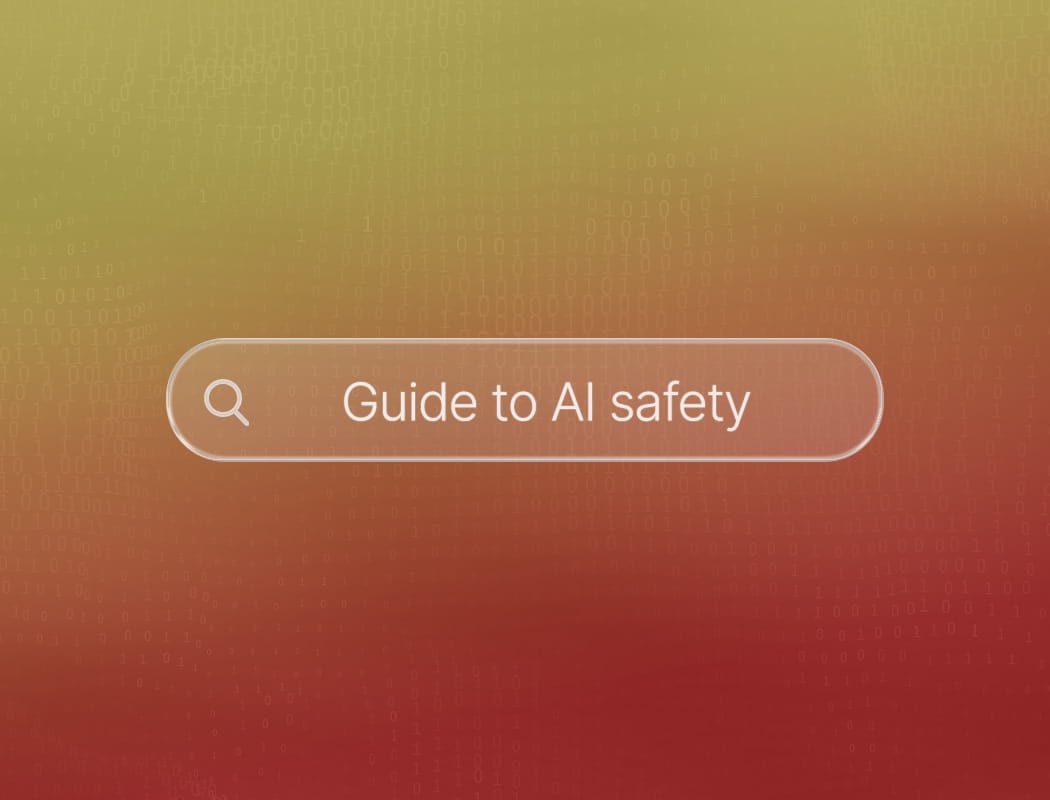Generative AI under the AI Act
Under the AI Act, generative AI is generally classified as a type of general-purpose AI model. A general-purpose AI model is a model that is broadly capable, adaptable, trained at scale and usable for many tasks, often across modalities (AI Act, Recital 99).
The AI Act introduces this term in order to regulate such models (especially generative ones) in recognition of their far-reaching impact. The Act highlights that many other AI systems are built on them, so their creators must clearly explain how they work and keep that information up to date (AI Act, Recital 101).
Providers of general-purpose AI models must keep clear and updated documentation about how their models work. They need to share this information with other developers who use their models and with authorities when asked (AI Act, Recital 101).
These models also rely on large amounts of data, including text, images, and videos, which may be protected by copyright. Therefore, providers must respect copyright rules and obtain permission from rightsholders when text and data mining copyrighted content, unless legal exceptions apply (AI Act, Recital 105).
Why the definition matters for regulation
By clearly defining generative AI, the AI Act makes it easier to set boundaries and expectations for developers and users. The law requires transparency about how these systems work and what data they use.
It also asks for safeguards to prevent misuse, such as spreading misinformation or creating harmful content. This definition shapes how companies must approach compliance, ensuring they build systems that respect privacy and safety.
In short, the way the AI Act defines generative AI lays the groundwork for responsible innovation, helping society benefit from these powerful tools while minimizing risks.
Which regulations affect generative AI under the AI Act?
The AI Act is the European Union’s answer to the rapid rise of artificial intelligence. It sets out clear rules for how AI systems, including generative AI, should be developed and used.
If you are building or deploying generative AI, you need to know which regulations apply and how they might affect your business. The AI Act doesn’t just focus on one area.
It covers everything from transparency to risk management, all with the goal of keeping people safe and making sure technology is used responsibly. Understanding and applying these rules is essential for mitigating risks of generative AI.
Transparency requirements for generative AI
Transparency is at the heart of the AI Act. If you use generative AI, you must make it clear when content has been created by a machine rather than a human.
This means labeling AI-generated images, text, or audio so users know what they are interacting with. You also need to provide information about how your system works and what data it uses.
These transparency rules help build trust and prevent people from being misled by synthetic content. For companies, this means updating user interfaces and documentation to clearly communicate when generative AI is involved.
Risk classification and obligations
The AI Act sorts AI systems into different risk categories. Generative AI often falls into the high-risk category, especially if it is used in areas like recruitment, education, or law enforcement.
High-risk systems face stricter rules. You must carry out risk assessments, keep detailed records, and ensure your system can be audited. The goal is to minimize harm and make sure there is no AI bias or discrimination. For those working with generative AI regulation, understanding your system’s risk level is the first step toward compliance.
Data governance and quality standards
Good data is the foundation of safe and fair AI. The AI Act requires that generative AI systems use high-quality, unbiased data. You need to document where your training data comes from and show that it does not include harmful or illegal content.
Regular checks and updates are necessary to maintain data quality. These requirements help prevent the spread of misinformation and ensure that generative AI outputs are reliable.
Providers must also respect copyright rules and obtain permission from rightsholders when text and data mining copyrighted content, unless legal exceptions apply.
What impact does the AI Act have on the development of generative AI?
The AI Act is the European Union’s answer to the rapid rise of artificial intelligence. It sets out rules for how AI systems, including generative AI, should be developed and used.
The goal is to make sure these technologies are safe, transparent, and respect fundamental rights. For developers and companies working on generative AI, the AI Act brings both new challenges and opportunities. It changes how teams approach innovation, compliance, and even creativity.
Clearer rules for developers
Before the AI Act, the world of generative AI was a bit like the Wild West. Developers could experiment freely, but there was always uncertainty about what was allowed and what wasn’t.
Now, the AI Act draws a line in the sand. It defines what counts as high-risk AI and sets out specific requirements for transparency, data quality, and human oversight. This means developers have a clearer roadmap.
They know what boxes to tick and what pitfalls to avoid. While this can slow down the pace of experimentation, it also gives teams confidence that their work won’t suddenly be banned or face legal trouble.
Greater focus on transparency and safety
Generative AI can create everything from realistic images to convincing text. But with great power comes great responsibility. The AI Act puts a spotlight on transparency.
Companies must explain how their models work and what data they use. They also need to build in safeguards to prevent harmful or biased outputs. This pushes teams to think more carefully about their training data and algorithms.
It also encourages them to document their processes and decisions. The result is a new culture of accountability, where safety and fairness are just as important as innovation.
A shift in global standards
Europe may be leading the way with the AI Act, but its impact reaches far beyond its borders. Companies that want to operate in the EU must follow these rules, no matter where they’re based.
This creates a ripple effect, as global tech firms start to adopt similar standards everywhere. The AI Act could become a blueprint for other countries, shaping the future of generative AI worldwide.





